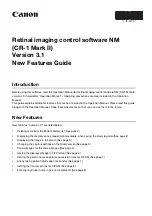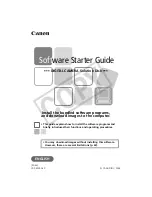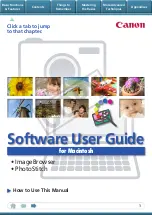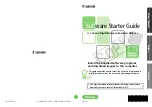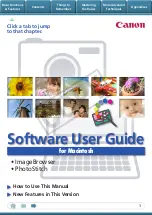
FLASH CS3
User Guide
370
Using timelines with screens
Each screen in a screen-based Flash document has its own Timeline that is collapsed by default. To work with frames
or layers, open the Timeline (Window > Timeline).
You cannot view or modify the root Timeline of a screen-based Flash document.
You can add frames, keyframes, and layers, and manipulate content on a screen’s Timeline.
In the Timeline, nested screens work much as nested movie clips do, with some exceptions.
See also
“How screens interact with ActionScript” on page 378
Using the Movie Explorer with screens
To view and organize the contents of a document containing screens, use the Movie Explorer. The Movie Explorer
handles documents that contain screens much as it handles documents that do not contain screens, with the
following exceptions:
•
The Movie Explorer shows only the contents of the current screen (the screen selected in the Screens Outline
pane).
•
You cannot view scenes in the Movie Explorer because a document with screens cannot contain scenes.
Select, move, and edit screens
When you select an individual screen in the Screen Outline pane, the screen appears in the Document window. To
apply modifications to several screens at once, select multiple contiguous or discontiguous screens in the Screen
Outline pane. When you select multiple screens, the contents of the first screen selected appear in the Screen Outline
pane.
By default, the contents of a slide screen are not visible when you show the screen’s parent in the Document window
(the Hide Screen context menu option is selected). To show the contents of a slide screen when its parent appears,
deselect this option. When the Hide Screen context menu option is deselected, you can select the child slide screen
on the Stage. This feature affects display during authoring only, not runtime playback. The Hide Screen context
menu option is deselected for form screens by default. To hide child form screens in the display during authoring,
turn the option on.
You can cut, copy, paste, and drag screens in the Screen Outline pane to change their position in the document, and
you can remove screens from a document.
Note:
The terms child, parent, and ancestor refer to the hierarchical relationships of nested screens.
See also
“Document structure and hierarchy” on page 367
“Speed up document display” on page 485
View a screen in the Document window
❖
Do any of the following:
•
To view that screen, click a screen thumbnail in the Screen Outline pane.
•
To navigate to the screen, use the keyboard keys with the Screen Outline pane in focus.































